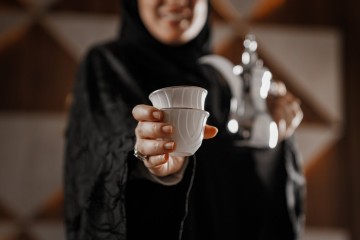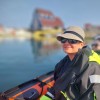An in-depth guide to keeping safe, healthy and happy whilst travelling through South America.
When talking about health and safety issues in South America, it pays to remember that this is one colossal and very varied continent. Most health & safety problems are actually regional, pertaining to one specific country only and, in most cases, one specific area of one specific country. Sweeping generalizations are what have caused the entire continent to earn a less-than-favorable reputation in the past, one that never really reflected the reality on the ground.
When travelling to South America, you ought to research any health and safety issues for tourists in the specific places you wish to visit. The reason we’ve highlighted ‘for tourists’ is because many people read a headline about Brazil being a dangerous place, for example, and don’t stop to think that what it means is that ‘Brazil may be a dangerous place if you’re involved in a gang or distribute drugs or are otherwise involved in criminal activity’. That’s what the headline should say.
Next, do keep everything you read in perspective. You may only read one story about the one foreign tourist who ran into some sort of grief but never read about the nearly 20 million who visit South America every single year, and have the time of their lives.
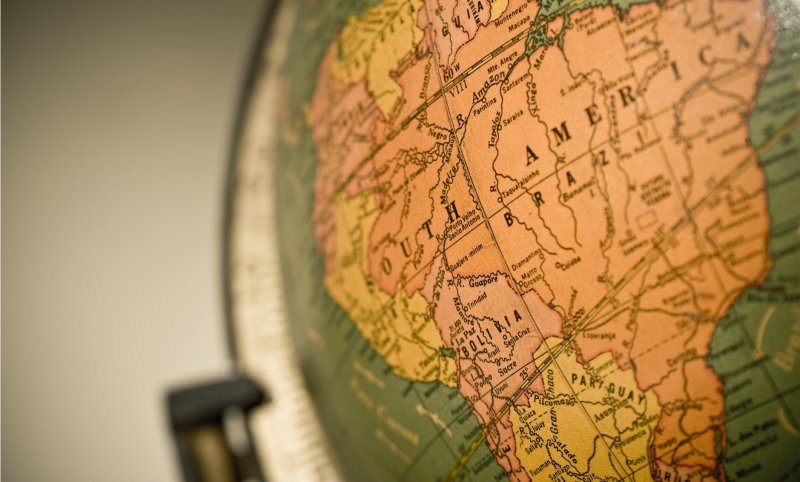
Health Issues in South America
Many first-time visitors tend to be a little too overly-cautious when it comes to health issues in South America. They won’t eat street food and will refuse drinks with ice cubes in them or, generally speaking, have heard far too many third-hand horror stories. But we do urge everyone travelling to this wonderful continent to follow some common wisdom we all live and travel by, and then go on to have that once-in-a-lifetime South America adventure we all dream about!
-
You’ll want to visit your doctor/immunisation clinic before travelling to South America, to find out what inoculations are recommended for you, specifically. You can also check out the CDC website for more specific info. Next, inform yourself as to what kind of specific health risks you run, depending on the destinations you wish to visit, and take precautions. If you’re worried about malaria, for example, speak to your doctor about the pros and cons of prophylactics, and if you’re worried about altitude-sickness, inform yourself of the 101 things you can do to help prevent it. Knowledge is power, so don’t be worried… just be informed.
-
When it comes to consuming food and drinks, do note that places frequented by foreign tourists are usually totally fine, with restauranteurs endeavouring to keep their quality control in check. You’ll certainly want to consume bottled water but keep in mind that most health issues will likely arise from your own hands, believe it or not. Keep a small bottle of hand sanitizer close by at all times and use it before eating AND before unscrewing the cap of your water bottle. Otherwise, you may well personally transfer all those nasties you wish to avoid by drinking bottled water in the first place.
-
It’s also worth noting that traveller’s diarrhoea afflicts travellers all over the world. Oftentimes, however, it is not due to lack of good food hygiene but rather, a simple change in cuisine. Typically, symptoms only take 2 days to clear up. If you can, avoid taking Imodium, which is designed to plug you up (quite literally) and re-release the beast after a few weeks, usually with even more vengeance. Drink plenty of water, rest and let nature take its course.
-
Trust your tour guide! When on a group tour of South America, trust that your guide will already be in the know about where is safe to consume food (because not all street food is risky!) and what areas of a particular city are best to avoid. Just like you wouldn’t stroll some back-alley in Auckland at 3am on your own, every town/city has its blackspots. The only thing you should do…is inform yourself.
-
Sunstroke and dehydration are sneaky risks that many visitors don’t even consider at first, so make sure you pack a hat and plenty of sunscreen, and make sure you drink lots of water on sightseeing days. You will likely walk a lot more on a group tour to South America than you do at home, and even at high altitude – where it feels cooler – the risk of sunburns are actually noteworthy.
-
Take it easy! From altitude sickness to a simple case of the runs. Sometimes, a little rest and time off sightseeing are all that’s needed to reset the health-clock. Traveling to a drastically different climatic region, with a new cuisine to boot, can simply unnerve the belly so take your time adjusting to your new destination, have plenty of sleep and fight the urge to down 12 fried empanadas on your first day in town. Hard as that may be….
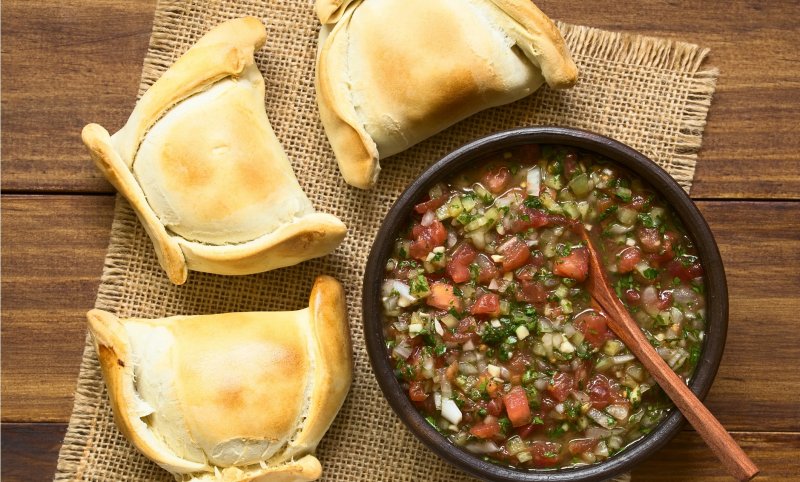
(Gastronomic overindulgence is common…and worth every cramp!)
-
Altitude sickness can actually come in all sorts of varying degrees, from a simple headache (one that makes it feel like your eyeballs are going to pop right out of your head) to full-on nausea and vomiting. Whilst the latter requires immediate medical attention and a rather swift descent in altitude, the former may just require a few hours’ sleep and a couple of mugs of coca-tea. Coca-tea is used and offered widely in the Andes and we advise you head local’s advice and down the stuff like there’s no tomorrow. It is an exceptionally effective antidote to the perils of life at high altitude.
-
Don’t be shy about asking for medical advice. In South America, pharmacists give medical advice freely and you can actually get medications over the counter (like broad-spectrum antibiotics) which you’d need a doctor’s script to fill in at home. Moreover, local pharmacists and doctors are up to date with any illnesses/infections which seem to be common in that specific area, so they really are a great source of comfort and advice.
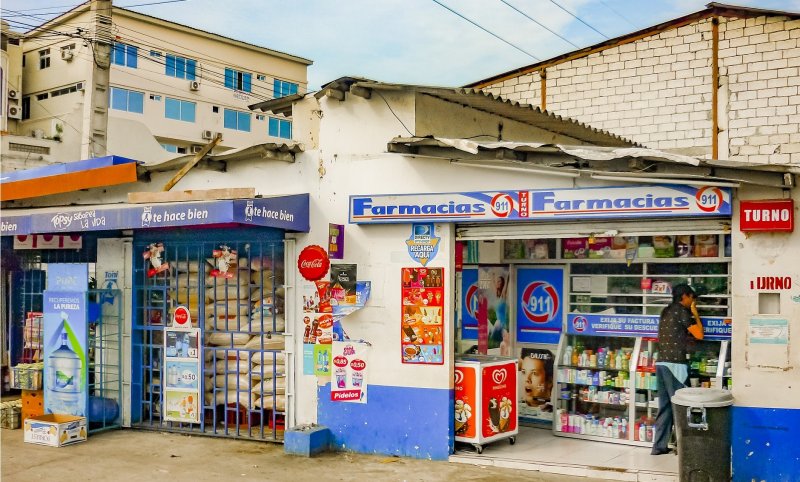
Pharmacy in South America
Personal Safety & Security Issues in South America
When it comes to personal safety and general security issues, there really isn’t much beyond ‘common sense’ that you’ll need to adopt when travelling in South America.
-
Don’t pack valuable – Everyone known that blatant displays of wealth are uncalled for in developing countries, yet many simply don’t realise how often they do so unwittingly. In some places, even a brand new pair of sneakers may attract unsavoury attention! So what to do? Well, whilst you need not dress like a pauper in order to avoid any hassles, it would help if you just left your most valuable possessions at home. Yes, this includes the nice designer top you bought yourself for Christmas. Why risk anything, from ruining it to losing it to having it stolen?
-
Wisen up – Take a little time, when you first arrive, to get acquainted with the new currency you’ll be using. Practice some exchange amounts in your head, get to know the currency in use and take time checking change when purchasing anything with cash. Do this and you’ll prevent short-changing, over-charging and being handed fake currency. Moreover, it’s a good idea to generally avoid using ATMs late at night and if you are on your own. This is when travelling in a group really trumps lone travel! We advise you to go to the ATM in company when needed, and return to your hotel immediately to drop off your card and extra cash.
-
Don’t look like a tourist – Ok, so it may be a bit hard to really ‘blend in’ in some parts of South America, that’s for sure, but that doesn’t mean you always need to carry a colossal backpack when out and about sightseeing. You’d surely have some full days out and about at home, right? Well, whatever you take then is probably all you’ll need to take out in South America too. Your hotel will just be a cab ride away, drinks can be bought during the day and a simple, compact camera nowadays will take good-enough photos for most travelers. Generally speaking, the only time you really need a day pack full of stuff is you’re hiking in the Andes for the day or perhaps out on a Zodiac excursion from your Antarctica cruise ship. Other than during those specific times, a simple cross-over bag with some money is all you’ll need.
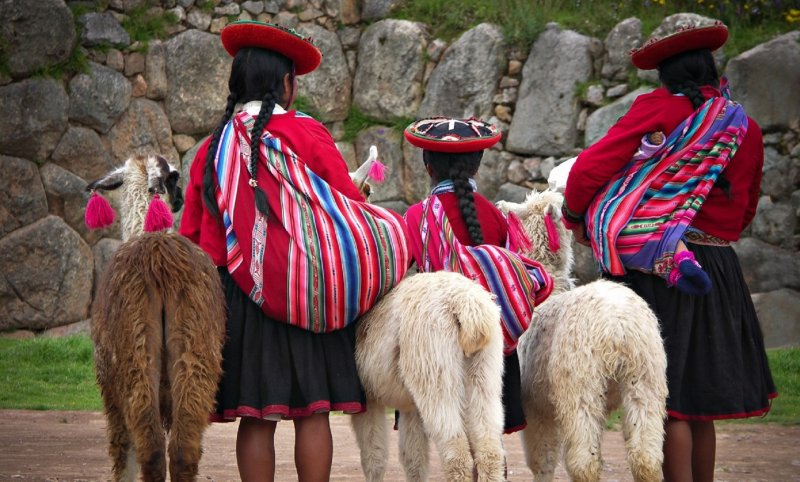
(Blending in with locals is not always easy…)
-
Know where you are, or at least pretend – Walking with a purpose can help deter would-be pocket-pickers, so if you do end up a bit lost, simply retrace your steps until you find a suitable place to get your bearings. This could be in a café or a hotel lobby. Only then should you get out your map or travel guide book. It also helps if you carry a business card from the hotel whenever you head out. It’ll help you find your way back in a taxi, if need be.
-
Don’t be too cavalier…about yourself – One of the most common mistakes travellers to South America make is to overestimate their own skills and abilities If Nixon was still President when you last went kayaking, for example, it may not be wise to commit to a 5-day kayaking trip down the mighty Amazon. Pick a half-day kayak outing instead and then see how you go with that! From hard-core hikes in Patagonia to not curbing your alcohol consumption when at high-altitude, there are several ways you could unintentionally sabotage your own journey in South America. Although travelling grants you the freedom to finally do whatever you wish, it doesn’t mean you should be on a mission to do them all in the first week there! Pace yourself, listen to your body and don’t let the fear of missing out (the fabled FOMO) prevent you from taking a day off from all excursions.
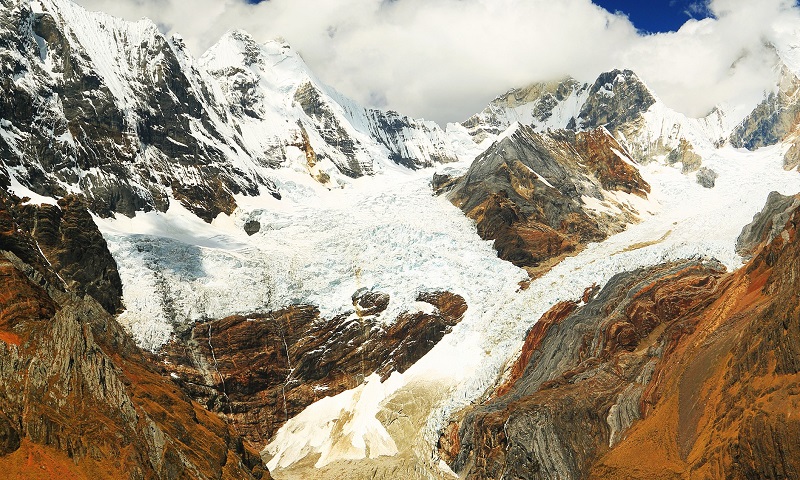
Patagonia South America
-
Be aware of what you are photographing – South American authorities are a tad sensitive about tourists photographing certain places, like airports, bridges, government buildings, military stops, police stations and so on. Whilst most travellers probably wouldn’t photograph them purposely, they may do so inadvertently. Make sure you know what’s in your viewfinder then, lest you annoy a man in a uniform.
-
Be mindful of where you are travelling – It’s easy to get upset when a shop-owner overcharges you a dollar or a teenager looks longingly at your camera, but fact is South America is home to some of the least-developed countries in the world, and to a great number of people who are barely hanging on to the poverty line. So be mindful as you travel here; of the communities you come across and the lovely people you meet. Appreciate where that greed or lust originate and take steps to avoid being looked at that way. Most issues relate to petty theft in South America. Keep a low profile, leave valuable at home and you’ll greatly reduce your risks of falling victim to petty crimes.
Whilst travel insurance and common sense will help you out of most sticky situations, there’s nothing like the safety and security feeling you get from travelling South America in a group tour, especially if travelling solo. With an experienced guide and driver at the helm and all those like-minded and shrewd companions by your side, health and safety issues can be greatly minimised. So why not inject some serious peace of mind into your travels to this fascinating continent? Check out our group tours of South America and, when you’re ready to join in on the fun, do contact us.
Discover more about our holidays in South America
Laura Pattara
Laura Pattara writes for Viva Expeditions with a special love for all things Latin America. She had guided overland tours across the continent, reached Machu Picchu five times on foot, and even dressed up as a giant toucan for Carnaval. With a degree in languages and two decades of global travel experience behind her, Laura has a long-standing love for the Andes, soaring condors, and a truly delicious empanada.
|
